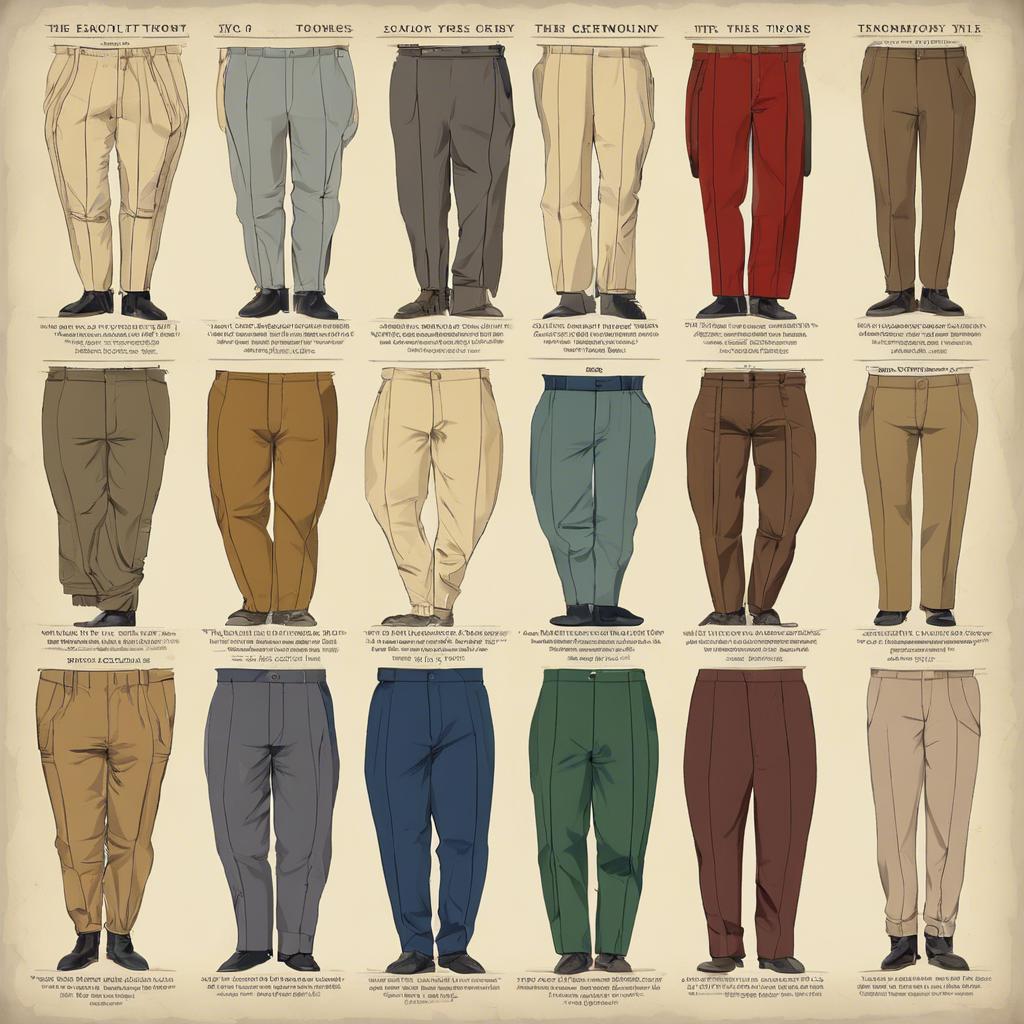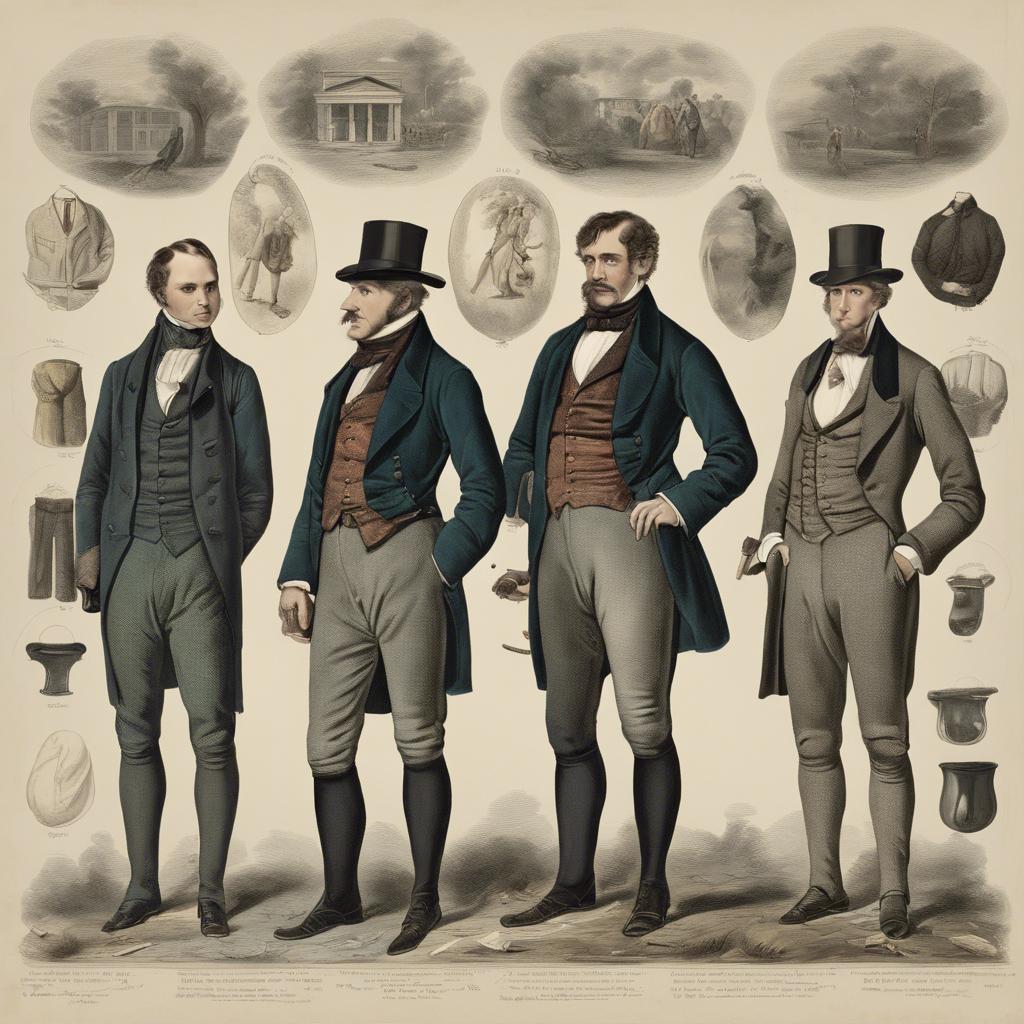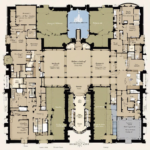In the early 19th century, fashion underwent significant transformations, particularly in the realm of men’s attire. One such change was the evolution of trousers, which were previously referred to as a different name. Delving into the historical context of the time, this article aims to explore the fascinating terminology used to describe this essential garment during the 1800s. From breeches to pantaloons, join us on a journey through the language of men’s legwear in the 19th century.
Step Into the World of Cheryl Bolen
Dive into the enchanting stories of love, intrigue, and elegance set in the Regency Era. Cheryl Bolen's novels offer timeless romance and captivating tales that will leave you wanting more.
Explore Cheryl Bolen's Books Now
The Evolution of Trousers Terminology in the 19th Century
In the 19th century, trousers went by several different names, each reflecting the evolving fashion trends of the time. Breeches continued to be worn by men of higher social standing, especially for formal occasions. Made to fit snugly around the thighs and ending just below the knee, breeches were often accompanied by stockings and buckled shoes.
Trowsers were another popular style of trousers during this era. These were looser-fitting than breeches, with a slightly wider leg that extended all the way to the ankles. Trowsers were often made of sturdier materials such as cotton or wool, making them more suitable for everyday wear.
Pantaloons were yet another type of trousers worn in the 19th century. These were typically high-waisted and fitted tightly around the legs, similar to modern-day skinny jeans. Pantaloons were often made of lightweight fabrics such as silk or linen, making them a popular choice for summer attire.
Popular Terms for Mens Leg Coverings in the 1800s: A Comprehensive Analysis
In the 1800s, men’s leg coverings went by various names that reflected the fashion trends and cultural influences of the time. These popular terms were used interchangeably to describe the different styles and designs of trousers worn by men during this era. Some of the most common names for men’s leg coverings in the 1800s included:
– Breeches: This term referred to knee-length pants that were fastened at the waist with a button or buckle. Breeches were a popular choice among gentlemen and were often made of fine fabrics such as silk or wool.
– Trousers: Trousers were long pants that extended all the way to the ankles and were typically worn with a matching jacket or coat. This term became more widely used as men’s fashion evolved and embraced more practical and versatile styles.
– Pantaloons: Pantaloons were high-waisted trousers that fit closely to the leg and often featured decorative details such as buttons or stripes. This style was influenced by European fashion trends and became popular among fashionable men in the 1800s.
These terms offer a glimpse into the diverse and ever-changing world of men’s fashion in the 1800s. As styles evolved and new trends emerged, so too did the names used to describe the various types of pants worn by men during this dynamic period in history. Fashion historians continue to study and analyze the significance of these terms in understanding the sartorial choices and cultural implications of men’s leg coverings in the 1800s.
Exploring the Language of Womens Bottom Garments in the 19th Century
In the 19th century, women’s bottom garments underwent significant transformations, reflecting the evolving societal norms and fashion trends of the time. During this period, various terms were used to refer to pants, each with its own unique connotations and significance. These terms not only reflected the practical purpose of the garments but also served as symbols of femininity and social status.
- Bloomers: Named after Amelia Bloomer, a women’s rights activist who popularized the style, bloomers were loose-fitting trousers gathered at the ankle. They were worn for practical reasons, such as ease of movement and modesty, but also symbolized the emerging women’s rights movement and a newfound sense of independence.
- Trousers: Trousers were another term used to describe women’s pants in the 19th century. Typically associated with men’s fashion, trousers for women represented a departure from traditional feminine attire. They were often tailored and fitted, reflecting a more tailored and structured look that was gaining popularity during this period.
- Divided Skirts: Divided skirts were a unique hybrid of skirts and pants, featuring a skirt-like outer layer with pants underneath. This style allowed women to enjoy the freedom and mobility of pants while maintaining a more socially acceptable appearance. Divided skirts were a popular choice for women engaged in physical activities or work that required practical clothing.
the language used to describe women’s bottom garments in the 19th century reflected a complex interplay of practicality, fashion, and social symbolism. The various terms like bloomers, trousers, and divided skirts each carried their own meaning and significance in the context of the evolving role of women in society. By exploring these language nuances, we gain insight into the changing attitudes towards women’s fashion and gender roles during this transformative period in history.
Strategies for Properly Referencing Historical Pants Terminology
When exploring the terminology used to describe pants in the 1800s, it is essential to understand the various terms that were prevalent during that time period. By properly referencing historical pants terminology, we can gain a deeper understanding of the fashion trends and societal norms of the era.
One popular term for pants in the 1800s was “breeches.” Breeches were tight-fitting pants that came to the knee or slightly below, often worn by men as part of formal attire. Another common term was “trousers,” which were looser-fitting pants that extended all the way to the ankles. Both breeches and trousers were essential components of men’s fashion during this time.
For women, the term “petticoat trousers” was often used to describe a style of pants that were worn underneath skirts or dresses. These pants provided women with more freedom of movement and were a practical choice for activities such as horseback riding. Understanding the nuances of historical pants terminology allows us to appreciate the evolution of fashion and gender roles throughout history.
Wrapping Up
the evolution of men’s legwear in the 1800s provides a fascinating glimpse into the changing attitudes towards fashion and society during this era. From breeches to trousers, the terminology used to describe men’s pants reflects the shift towards more practical and comfortable clothing. As we continue to delve into the rich history of sartorial choices, it is important to remember that fashion is not just a reflection of personal style, but a mirror of the cultural context in which it exists. The legacy of 19th-century legwear continues to influence contemporary fashion, reminding us of the enduring impact of historical trends on our modern wardrobe.


